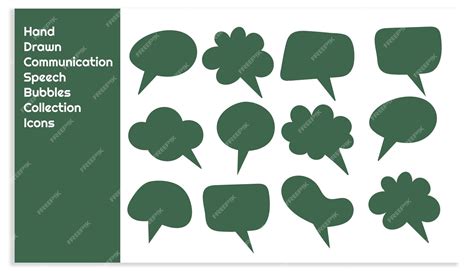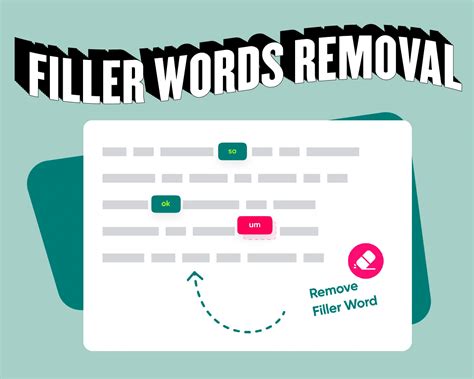In the vast landscape of writing, conciseness is a superpower. It allows your message to land with precision, impact, and clarity, preventing readers from getting lost in a labyrinth of unnecessary words. Cutting filler words and tightening your prose isn’t just about reducing word count; it’s about amplifying your voice and ensuring every word earns its place.
The Menace of Filler Words
Filler words are the silent saboteurs of effective writing. They creep into sentences, adding bulk without contributing meaning. Often used in spoken language to buy time or bridge thoughts, they become redundant clutter in written form, diluting your message and testing your reader’s patience.
Common Culprits to Watch Out For:
- “Just,” “Basically,” “Literally,” “Actually”: These often weaken a statement rather than strengthen it.
- “In order to,” “Due to the fact that,” “The fact of the matter is”: Wordy phrases that can almost always be replaced with simpler alternatives like “to,” “because,” or direct statements.
- “Very,” “Really,” “Quite”: Adverbs that often signal a weak adjective or verb could be used instead.
- “I think,” “I believe,” “It seems that”: Unless expressing uncertainty is crucial, these phrases can make your writing sound less authoritative.
- “That,” “Which,” “Who” (when unnecessary): Sometimes these relative pronouns can be omitted without losing meaning.

Strategies for Tightening Prose
Beyond simply removing filler words, tightening your prose involves a more holistic approach to sentence structure and word choice. It’s about making every word work harder and ensuring your sentences are lean, mean, and impactful.
1. Embrace Active Voice
Passive voice often uses more words and can obscure the actor in a sentence. Active voice is generally more direct, dynamic, and concise. “The ball was thrown by the boy” (passive, 6 words) becomes “The boy threw the ball” (active, 4 words).
2. Choose Strong Verbs Over Weak Ones with Adverbs
Instead of “walked quickly,” consider “dashed” or “sprinted.” “Spoke loudly” could be “shouted.” Strong verbs convey meaning more efficiently and vividly than weak verbs coupled with adverbs.

3. Eliminate Redundancy and Jargon
Look for phrases where words repeat meaning (e.g., “brief summary,” “past history,” “advance planning”). Similarly, replace technical jargon with simpler terms where appropriate, or explain it clearly.
4. Avoid Nominalizations
Nominalizations are verbs turned into nouns (e.g., “make a decision” instead of “decide,” “give an explanation” instead of “explain”). These often require extra words (like “make,” “give,” “take”) and make sentences less direct.

Practical Editing Techniques
Developing an eye for conciseness requires practice and specific editing strategies.
Read Aloud
Hearing your words helps you catch awkward phrasing, long-winded sentences, and unnecessary words that your eyes might skim over. If it sounds clunky when spoken, it likely reads clunky too.
The “Word Count Challenge”
Try to express the same idea in fewer words. Can you cut 10% from a paragraph without losing meaning? This exercise forces you to consider every word’s value.

Get a Fresh Perspective
After stepping away from your writing for a while, return with fresh eyes. You’ll often spot opportunities for tightening that you missed during initial drafts. A trusted editor or peer can also provide invaluable feedback.
The Impact of Concise Writing
The benefits of cutting filler words and tightening prose extend far beyond mere aesthetics:
- Enhanced Clarity: Your message becomes easier to understand and absorb.
- Increased Engagement: Readers appreciate efficiency and are more likely to stay focused.
- Greater Authority: Concise writing conveys confidence and expertise.
- Stronger Impact: Every word carries more weight when there’s no fluff.

Mastering conciseness is an ongoing journey, but one that significantly elevates the quality and effectiveness of your writing. By diligently pruning unnecessary words and refining your sentences, you empower your ideas to shine brightly and resonate deeply with your audience.




